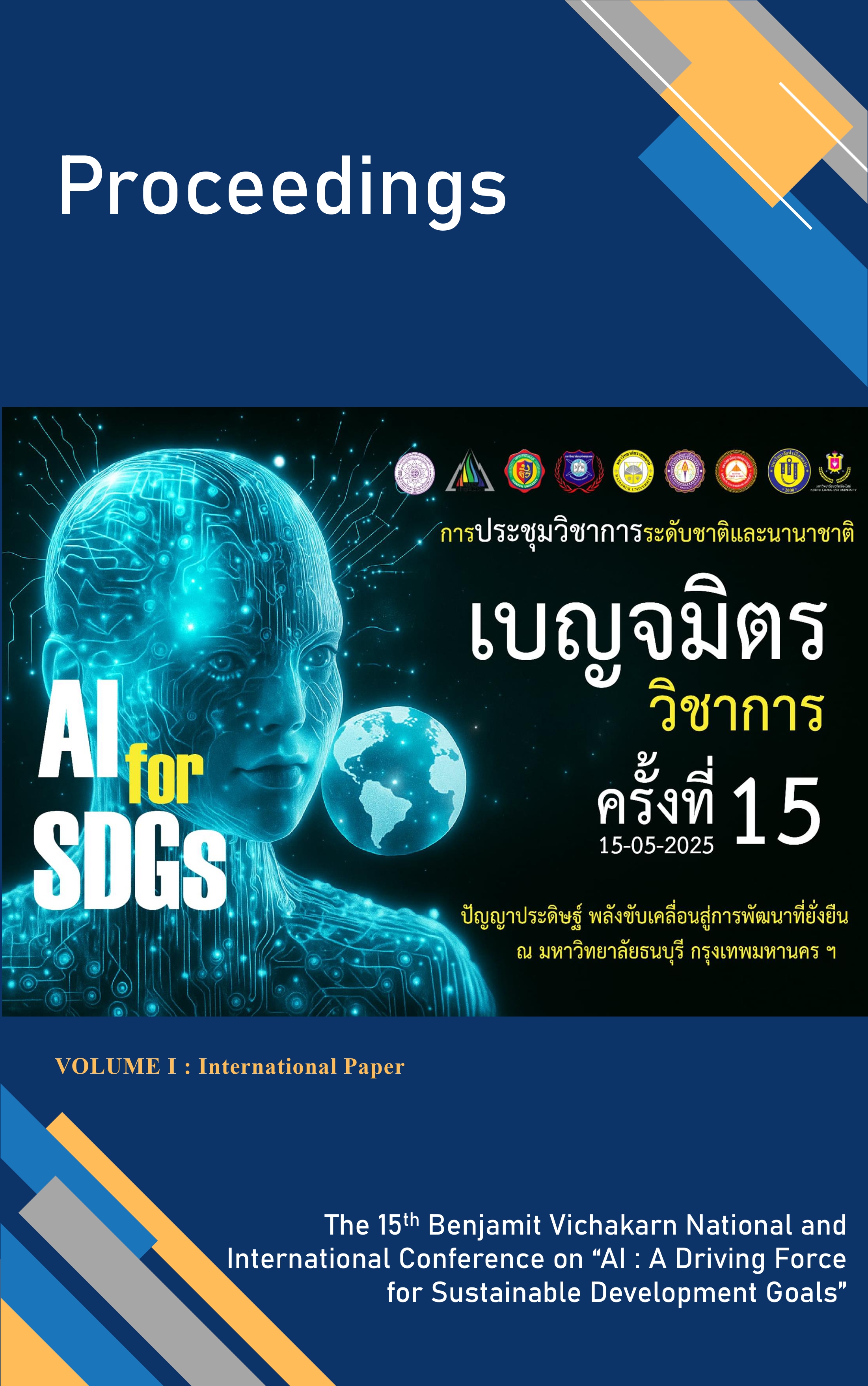Error Analysis in Thai-English Consecutive Interpreting Among Student Interpreters: Empirical Evidence from a Thai Interpreting Class
เนื้อหาบทความหลัก
บทคัดย่อ
This study examines the types of errors in students' consecutive interpreting performances between English and Thai. Using error analysis, it categorizes errors into seven types: literal translation, inadequate language proficiency, register conservation, omission, addition, protocol-procedures-and-ethics, non-conservation of paralinguistic features. Data was collected from audio recordings of students' interpreting exercises, analyzed, and examined using descriptive statistics. The findings reveal a total of 183 errors in English-to-Thai interpreting, with inadequate language proficiency being the most common, followed by literal translation and omission. A similar pattern was observed in Thai-to-English interpreting, with a total of 131 errors, indicating consistent challenges across both language directions. These results highlight the need for targeted training to improve students' interpreting accuracy and fluency.

